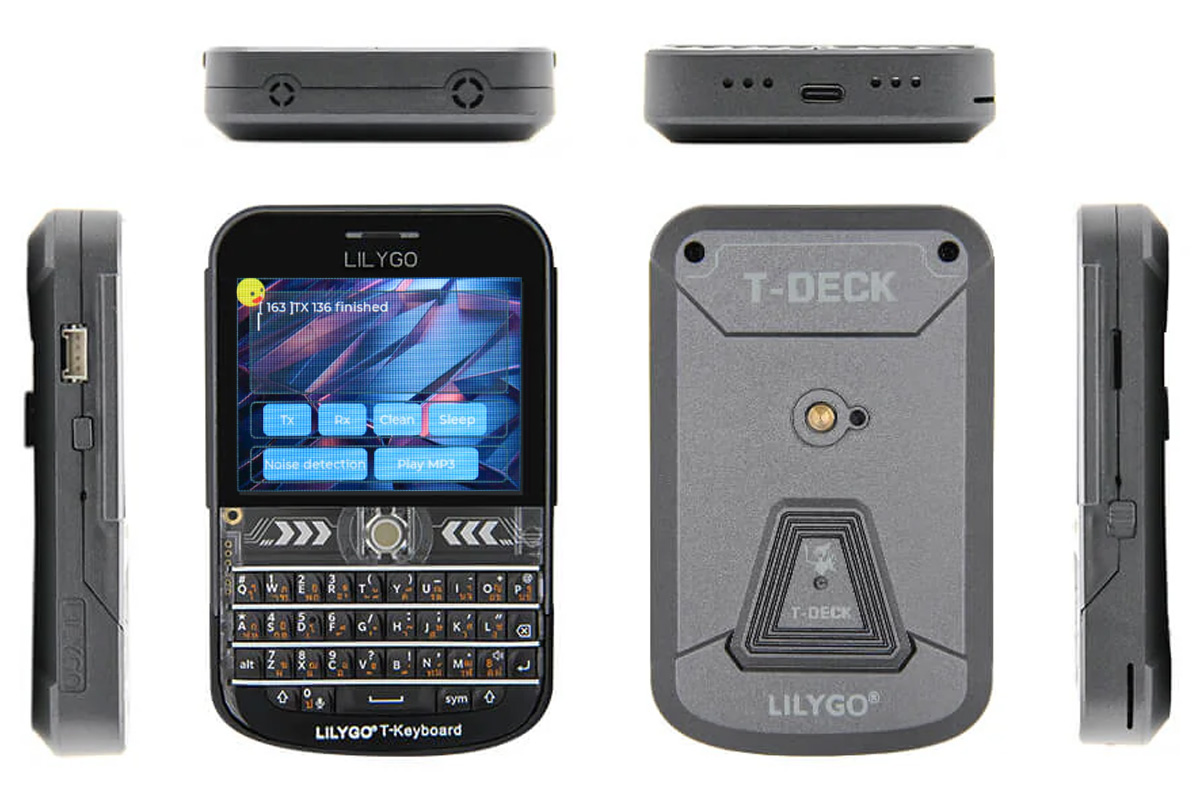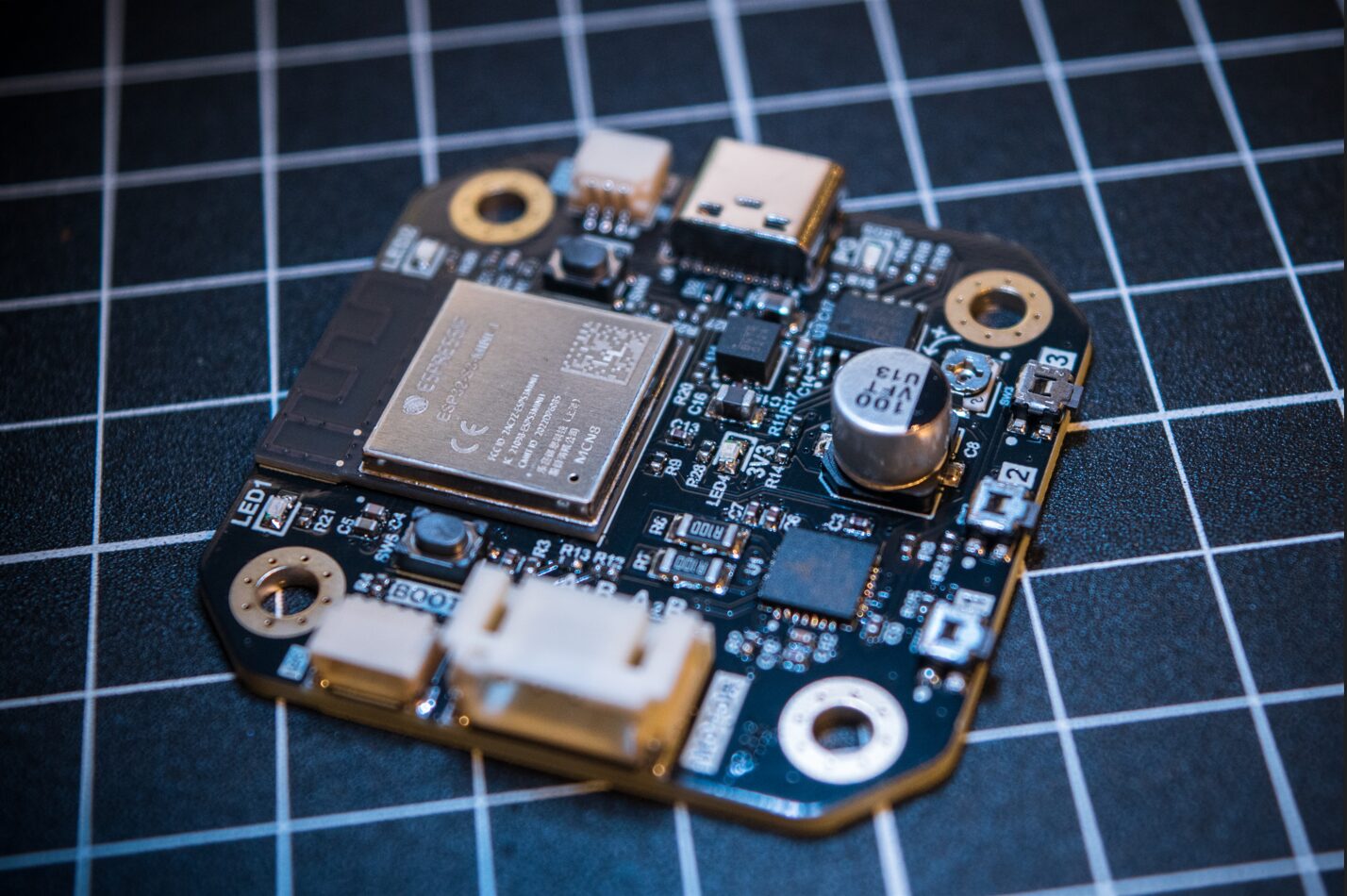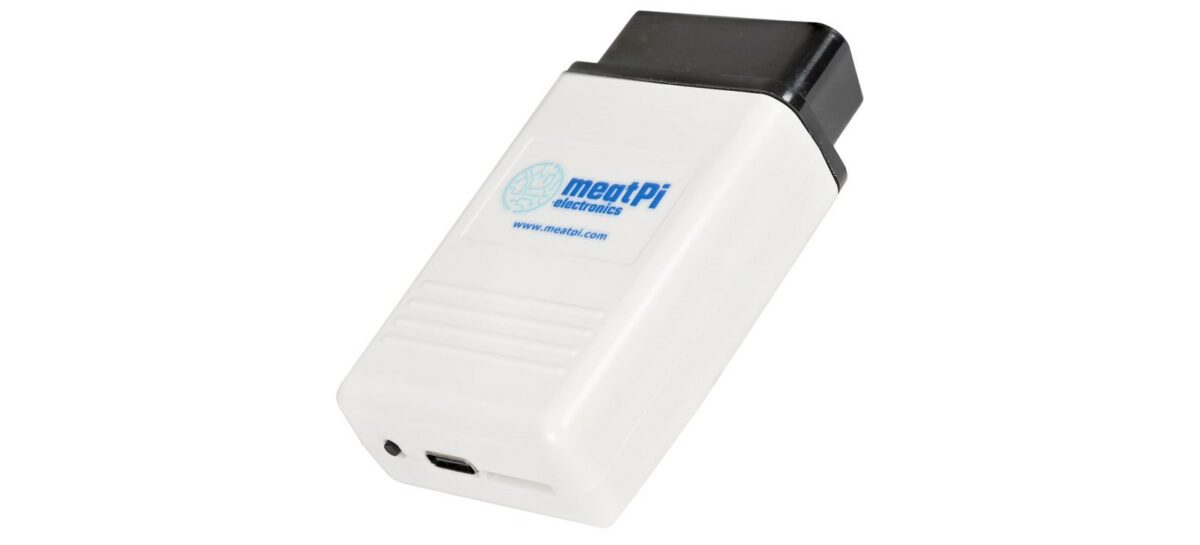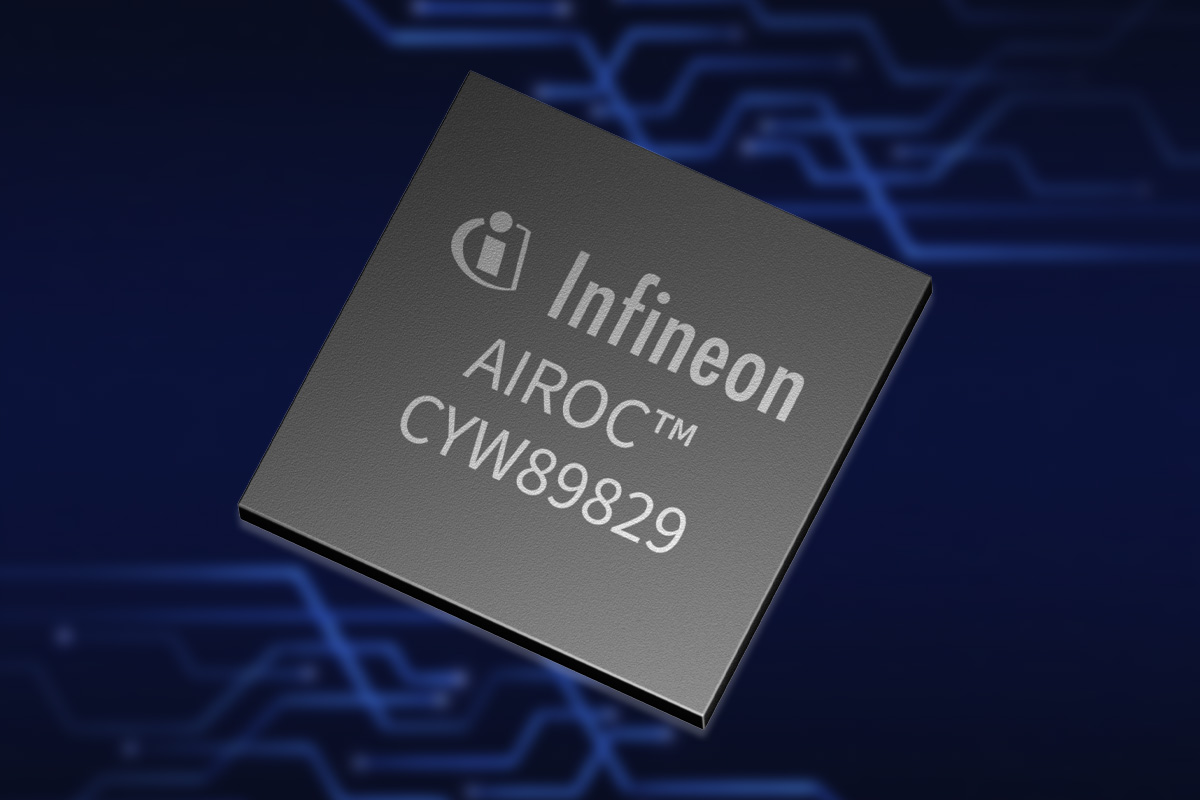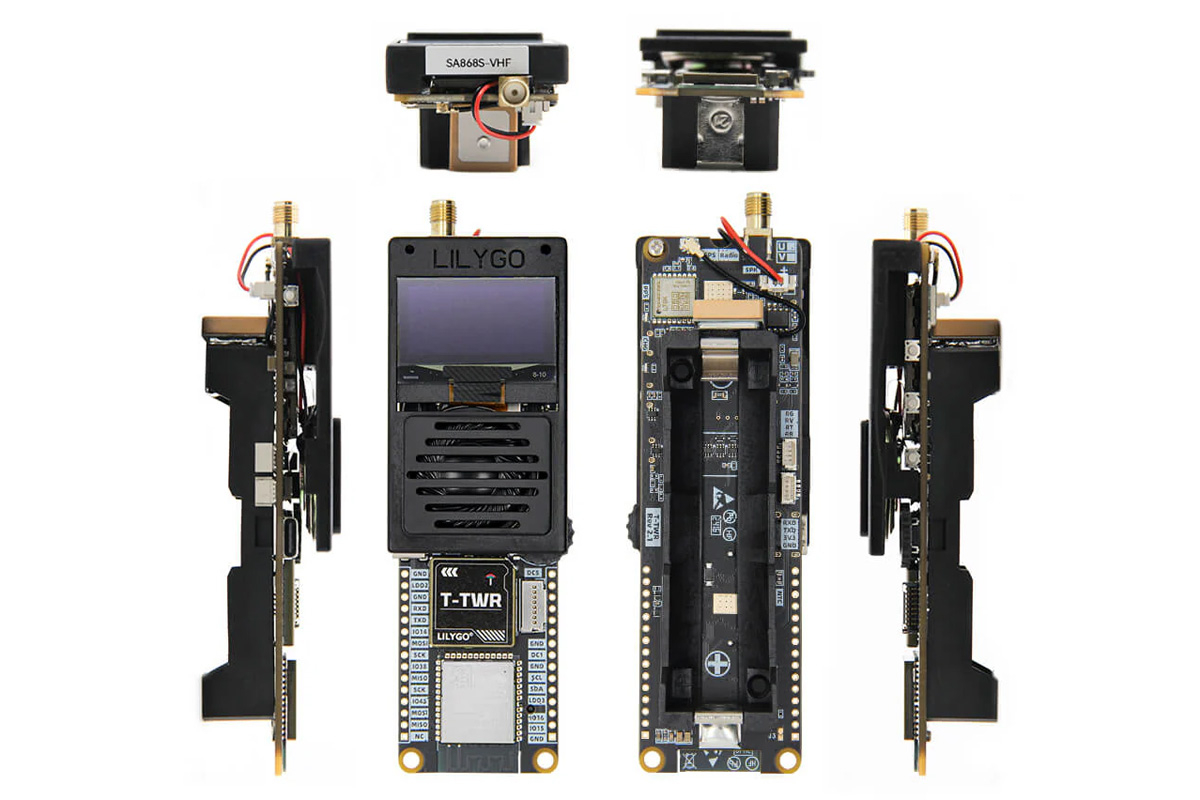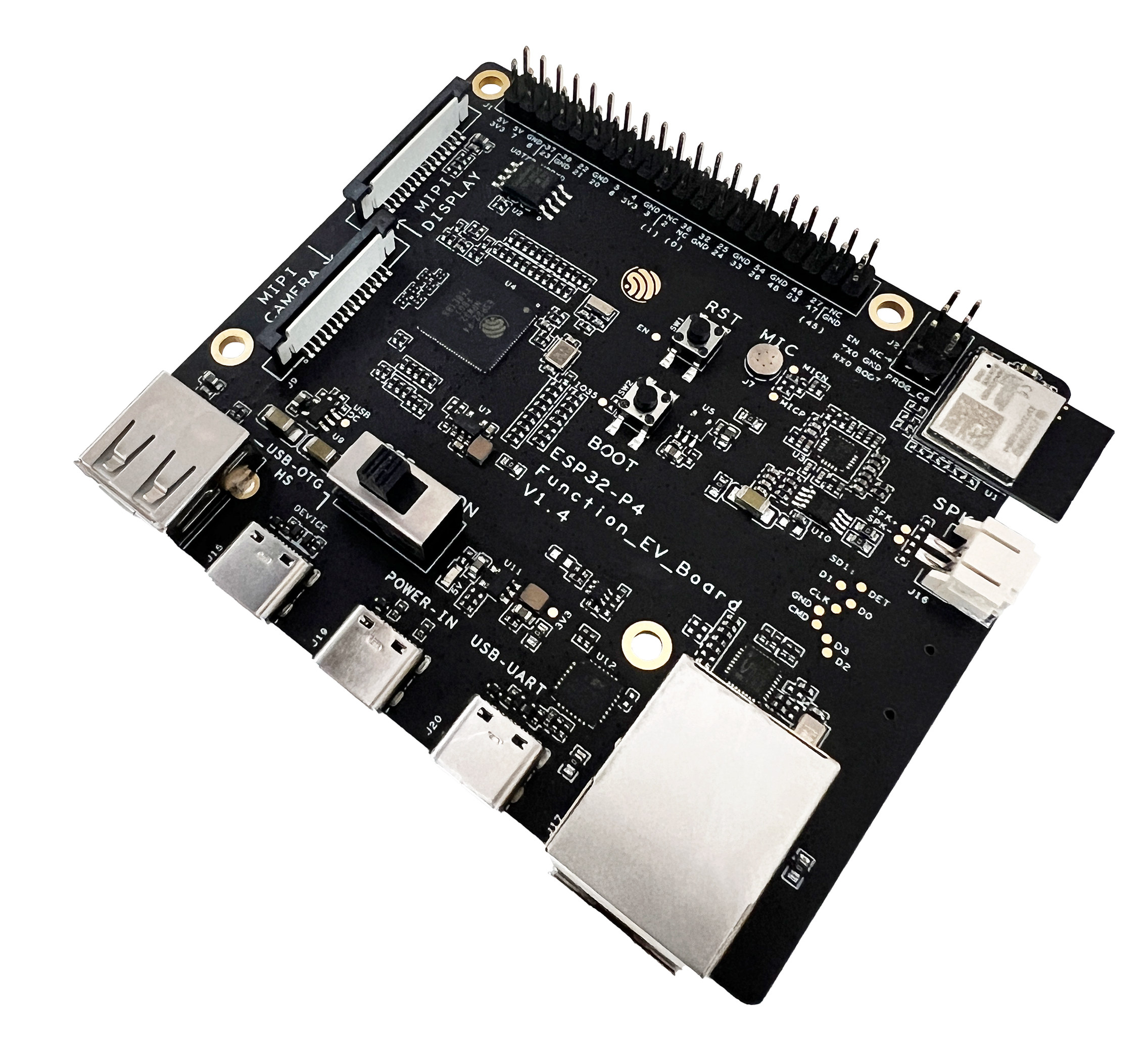Seeed Studio has introduced the T1000-E, an updated version of the SenseCAP T1000 Card Tracker, built for Meshtastic. This rugged tracker is compact, about the size of a credit card, making it easy to carry or attach to assets. It uses Semtech LR1110 RF transceiver, Nordic Semi nRF52840 wireless SoC, and MediaTek/Aihora AG3335 GPS module for precise, low-power tracking and communication. With an IP65 rating for dust and water resistance, the T1000-E is ideal for reliable asset tracking. The T1000-E supports LoRa and Bluetooth v5.1 for communication and includes a 3-axis accelerometer, an LED, a buzzer, and a button for operation. It has internal antennas for GNSS, LoRa, Wi-Fi, and BLE communication range of 2 to 5 km, depending on the environment. SenseCAP Card Tracker T1000-E specifications: SoC – Nordic Semiconductor nRF52840 CPU – 32-bit Cortex-M4 core with FPU running at 64 MHz Flash – 1 MB RAM – 256 kB […]
LILYGO T-Deck Plus – A Blackberry-like ESP32-S3 devkit with QWERTY keyboard, trackball, LoRa, GPS, battery, and more
The LILYGO T-Deck Plus is an ESP32-S3 based handheld development kit that resembles a Blackberry phone with a QWERTY keyboard and trackball. The device features a 2.8-inch IPS LCD, a GPS module, a LoRa transceiver, and a 2,000mAh battery which means you can take it outside and do some pen-testing and research. Additionally, the board features a microphone, a speaker, and a microSD card slot for storage. Just last year, LILYGO introduced the LILYGO T-Deck ESP32-S3 development board with LoRa and a 2.8-inch display, and the T-Deck Plus builds on the earlier design but also adds a GPS module and a higher capacity battery. LILYGO T-Deck Plus specifications ESP32-S3-WROOM-1 wireless module SoC – ESP32-S3FN16R8 dual-core Tensilica LX7 microcontroller @ up to 240 MHz with 2.4 GHz 802.11n WiFi 4 and Bluetooth 5.0 LE connectivity Memory – 8MB PSRAM Storage – 16MB SPI flash PCB antenna Storage – MicroSD card slot Display – […]
Integrated motor driver and controller bundles ESP32-S3 and TMC2209 for IoT applications
The PD Stepper is a NEMA 17 integrated stepper motor driver and controller board powered by USB power delivery that combines an ESP32-S3 wireless microcontroller, the Trinamic TMC2209 ultra-silent motor driver, and other components onto a single board for Smart Home and automation applications. The maker, Josh R., states that the PD Stepper isn’t another “just because we can” project. It addresses the need for an integrated motor driver and controller module that can used in compact or space-constrained designs. The ESP32-S3 SoC controls the other components on the board and provides wireless connectivity as well as access to development tools and libraries such as ESPHome and ESP-Now. The motor driver IC, Analog Devices’s Trinamic TMC2209, offers efficient, noiseless control of two-phase stepper motors. Other onboard components and connectors include an AS5600 magnetic rotary position sensor, a 3.3V buck converter, a Qwiic/Stemma QT connector, a motor connector, and an AUX […]
WiCAN Pro – An ESP32-S3-powered OBD scanner for vehicle diagnostics with Smart Home integration (Crowdfunding)
MeatPi Electronics introduced the WiCAN Pro, an ESP32-S3-based OBD scanner, and the successor to WiCAN-OBD. Equipped with an OBD-II interface IC, it provides full support for all legislated OBD-II protocols. It offers compatibility with multiple CAN Bus protocols, including three standard CAN Bus and single-wire CAN Bus. The previous generation WiCAN module came in an OBD or USB-based version. The WiCAN Pro only has an OBD interface, but another significant difference from the previous product is that it features a USB host port. This port can power USB devices up to 1.5 amps at 5 volts and enables capabilities like adding GPS or cellular-based radios, like with meatPi’s ESPNetLink add-on. WiCAN Pro specifications: Wireless Module – ESP32-S3-WROOM-1-N16R8 SoC – Espressif Systems ESP32-S3R8 dual-core Tensilica LX7 @ up to 240 MHz with vector instructions for AI acceleration, 512KB RAM, 8MB PSRAM Storage – 16 MB flash Wireless – 2.4 GHz WiFi […]
Infineon AIROC CYW20829 Bluetooth LE 5.4 MCU and module family targets industrial, consumer, and automotive applications
Infineon has recently released the AIROC CYW20829 Bluetooth LE (Low Energy) 5.4 family which now includes SoCs and modules. These SoCs include two Cortex-M33 MCU cores: one 48 or 96 MHz application core for the peripherals, security, and system resources, and one communication core for the 2.4 GHz RF transceiver with up to 10 dBm transmit power and -98 dBm receive sensitivity. This high integration reduces bill-of-material (BOM) costs for a wide variety of applications, including PC accessories, low-energy audio, wearables, solar micro inverters, asset trackers, home automation, and others. Back in 2021, we saw Infineon release the AIROC CYW5557x family of Wi-Fi 6/6E SoCs for IoT and streaming devices with features like enhanced range and improved network efficiency. More recently, Infineon announced the PSOC Edge E81, E83, and E84 MCU based on Cortex-M55/M33 microcontrollers. Feel free to check those out if you are looking for Infineon-specific MCUs. Infineon AIROC […]
LILYGO T-TWR REV2.1 is an ESP32 walkie-talkie board with display, GNSS, and SA868 module
LILYGO has recently introduced an updated version of their T-TWR ESP32 walkie-talkie development board, the T-TWR REV2.1. This new board not only features Wi-Fi and Bluetooth but also has a GPS module for added functionality. Additionally, it has a new RF front-end matching circuit that can be configured to work with both VHF and UHF frequencies. The board is very versatile and can be programmed with Arduino IDE for various applications. The main difference between the older T-TWR and the newer T-TWR REV2.1 is that the new module has better power management with the AXP2102 single-cell Li-battery PWM charger, allowing it to use USB, a 21700 battery, or an 18650 battery, while the original T-TWR only supports USB and an 18650 battery. The new version also includes a GNSS module along with a microphone-switching matrix and a speaker-switching matrix for better sound quality. Additionally, the REV2.1 has the Push-To-Talk button […]
ESP32-P4-Function-EV-Board development board launched for $55 with 7-inch display and camera module
Espressif Systems “ESP32-P4-Function-EV-Board” – the official ESP32-P4 development board – is now available in limited quantities on Espressif’s AliExpress store for $55.44, and some other AliExpress stores at a premium as part of a kit with a 7-inch touchscreen display and a 2MP camera module. First unveiled in January 2023, the ESP32-P4 is the first general-purpose RISC-V microcontroller from Espressif Systems without any wireless connectivity. It’s a high-end microcontroller with two RISC-V cores clocked at 400 MHz, vector instructions for AI acceleration, a 2D graphics accelerator for smooth graphical user interfaces, and H.264 video encoding support. There’s been some buzz about it in recent months, and finally, it’s now possible to purchase an ESP32-P4 board for evaluation and software development. ESP32-P4-Function-EV-Board development board specifications: Microcontroller – Espressif Systems ESP32-P4 CPU Dual-core RISC-V HP (High-performance) CPU @ up to 400 MHz with AI instructions extension and single-precision FPU, 768KB of on-chip […]
SparkFun Thing Plus – NORA-W306 – A dual-band Wi-Fi 4 and BLE 5.3 IoT board
SparkFun Thing Plus – NORA-W306, is a dual-core, dual-band WiFi 4 and BLE 5.3 microcontroller board in the AdaFruit Feather form factor based on the u-box NORA-W306 module and targeted at low-power wireless applications. The u-blox module integrates the Realtek RTL8720DF chip, a dual-core ARM Cortex-M33 and Cortex-M23 microcontroller with dual-band Wi-Fi (2.4GHz and 5GHz) and Bluetooth 5.3 Low Energy. It offers up to 4MB of encrypted flash and has an onboard PCB antenna. It’s very similar to the RealTek RTL8720DN we covered a few times in the past, but comes with embedded flash. The SparkFun Thing Plus – NORA-W306 board features a USB-C connector for programming, data, and power. The USB data lines are protected against electrostatic discharge and are connected to a CP2102N USB-to-serial converter for uploading code or serial. This board includes a 2-pin JST-style connector for a LiPo battery, a single-cell charger, and a LiPo fuel […]


